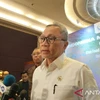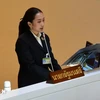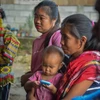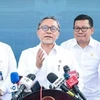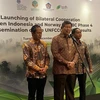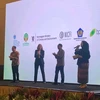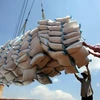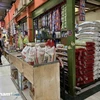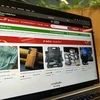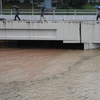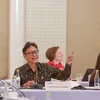Malaysia’s rubber export was estimated to hit 38 billion RM (equivalent to 11.8 billion USD) in 2013 and is forecast to reach 40.4 billion RM (12.5 billion USD) in 2014.
As much as 25 percent of the country’s rubber products were shipped to the US market and the same volume went to European countries, mainly Germany and the UK.
Rubber gloves remain the key export item, contributing 80 percent to the rubber sector’s export value.
In the first nine months of 2013, 533,352 tonnes of rubber gloves were sold abroad, increased by 32.4 percent year on year. The amount brought home 7.93 billion RM, a meagre rise of 0.5 percent from the same period a year ago.
According to Director General of the Malaysian Rubber Board Salmiah Ahmad, in 2014, the country will have additional 11,600 hectares grown with rubber trees, 985 hectares more than the 2013’s figure.-VNA
As much as 25 percent of the country’s rubber products were shipped to the US market and the same volume went to European countries, mainly Germany and the UK.
Rubber gloves remain the key export item, contributing 80 percent to the rubber sector’s export value.
In the first nine months of 2013, 533,352 tonnes of rubber gloves were sold abroad, increased by 32.4 percent year on year. The amount brought home 7.93 billion RM, a meagre rise of 0.5 percent from the same period a year ago.
According to Director General of the Malaysian Rubber Board Salmiah Ahmad, in 2014, the country will have additional 11,600 hectares grown with rubber trees, 985 hectares more than the 2013’s figure.-VNA


